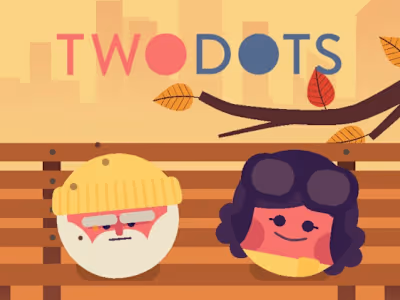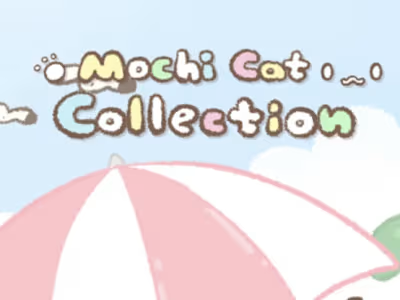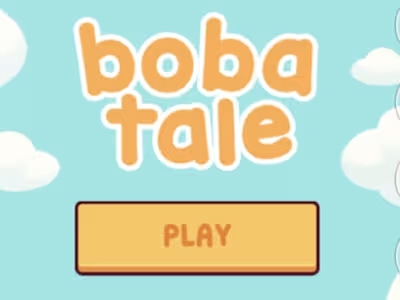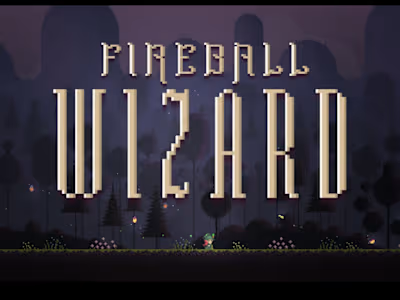“Okay?” — Designing Gentle Guidance for Frustrated Players
Project Overview
“Okay?” is a beautifully minimalist puzzle game built around silence, precision, and challenge.
But for many players, that silence created more stress than satisfaction. Without hints or feedback, players often quit after repeated failed attempts—leaving before the game could show its depth.
To address this, I designed a light-touch hint system that preserves autonomy while reducing frustration.
The goal: provide subtle guidance only when needed, helping players stay curious, confident, and emotionally engaged.
This wasn’t just about writing a popup — it was about designing a retention-saving UX moment that respected the game’s artistic integrity.
The Challenge
Frustration Loops
Repeated failures (5+ attempts on tough levels) led to high rage-quit rates.
No Safety Net
With no assist mechanism, players abandoned the game before emotionally investing or converting.
Help Without Hand-Holding
Any hint system needed to feel like part of the game’s quiet design—not an intrusive UI element.
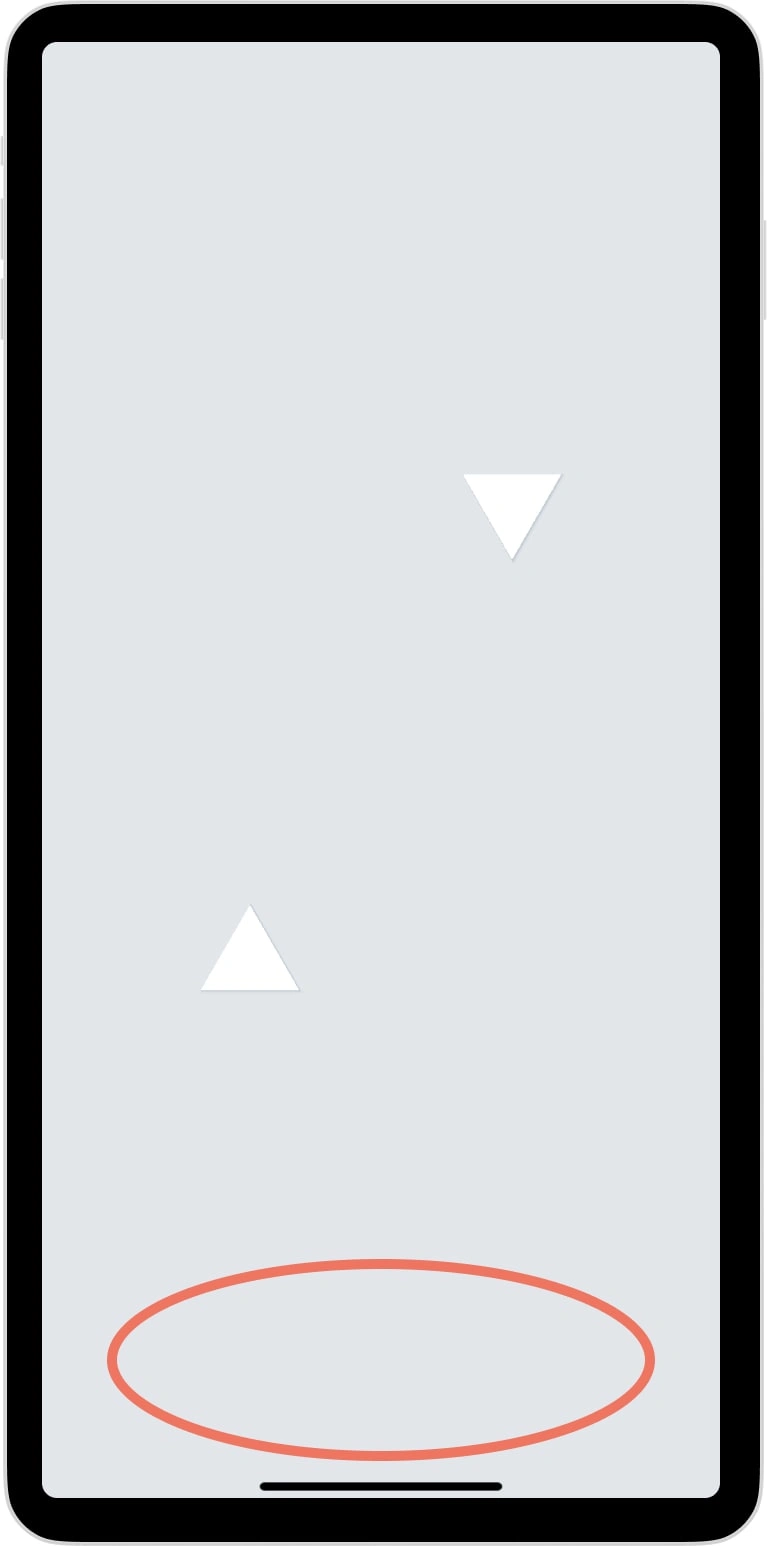
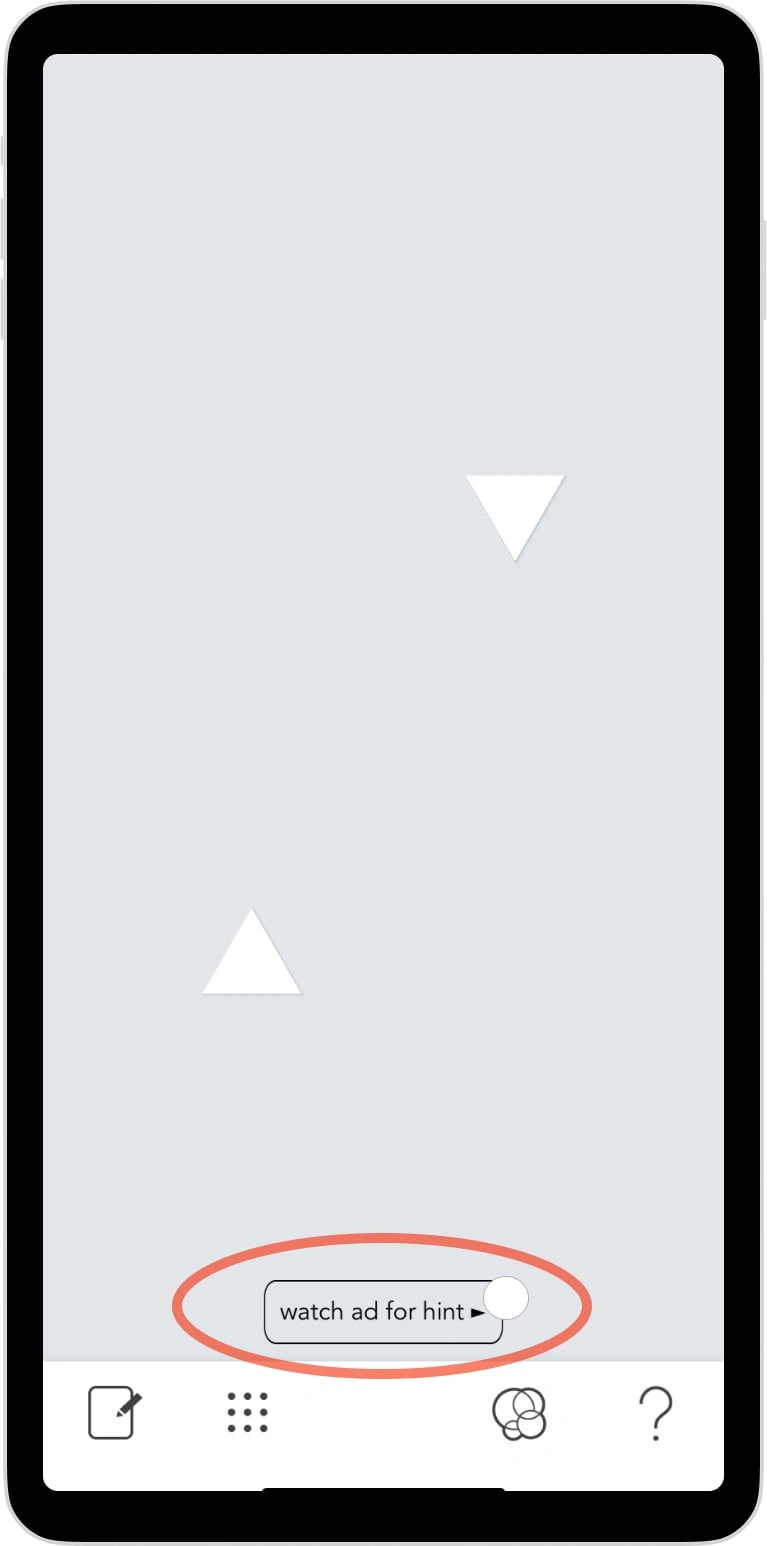
My UX Writing Approach
1. Behavioral Triggers for Timing
I analyzed common frustration thresholds in casual puzzle players (typically between 3–7 failed attempts).
I set a 5-failure trigger to activate a soft hint—striking the balance between challenge and relief.
This approach ensured that:
Persistent players felt rewarded for perseverance.
Struggling players felt seen, not patronized.
The pacing respected player autonomy.
2. Minimalist Visual Design
I collaborated conceptually on the layout and behavior of the hint system:
Low-opacity overlay, no animation or sound
Tap-to-dismiss copy, no buttons or UI clutter
Text disappears once the player re-engages
The result: a feature that feels invisible until it’s essential.

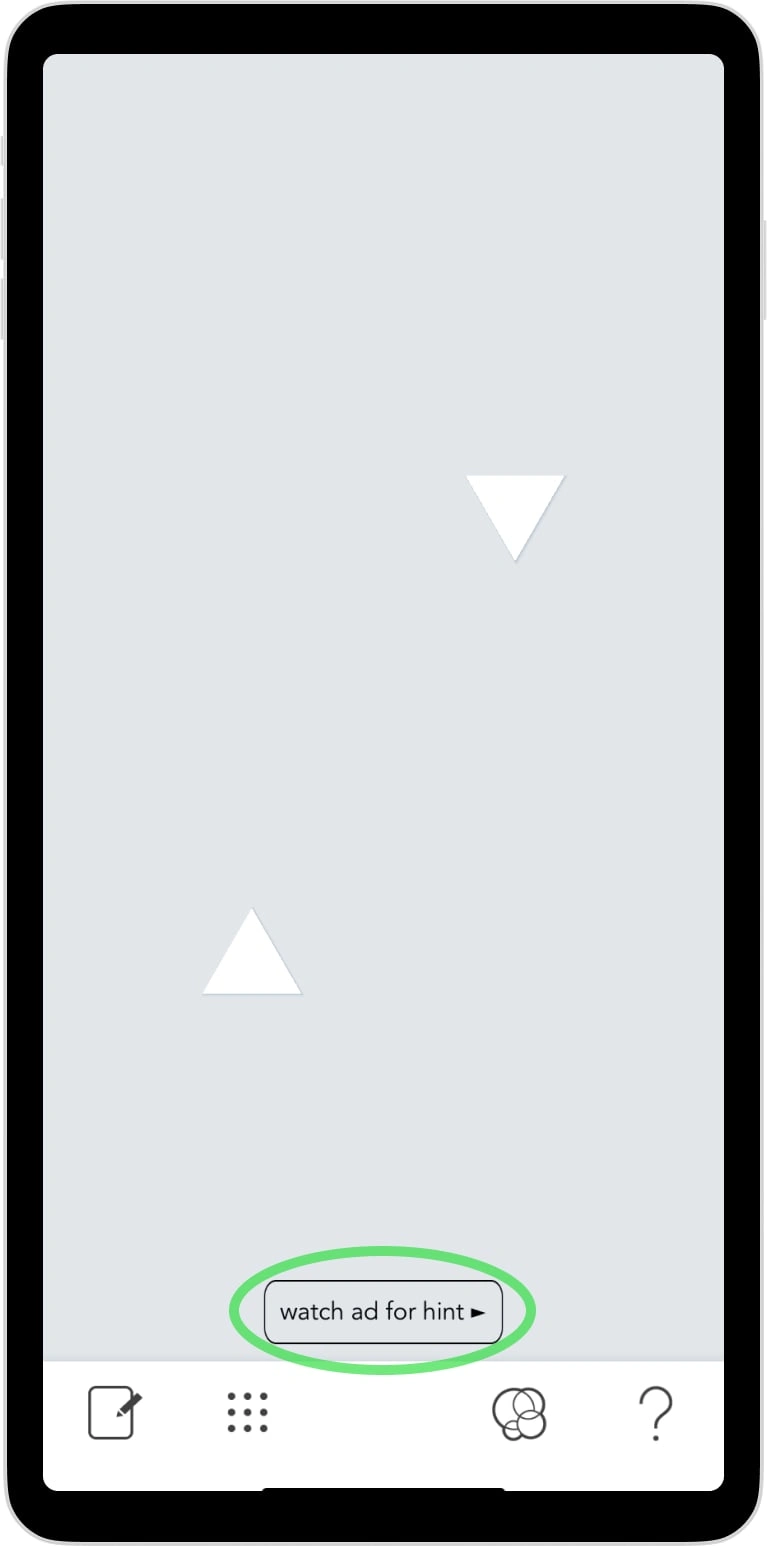
Projected Outcomes
While conceptual, this system models UX strategies proven in top puzzle games:
Lower uninstall rates on difficult levels
Longer average play time per level
Higher retention beyond Level 10
Increased confidence and “flow” sentiment in user feedback
Why It Matters
Great UX writing doesn’t just instruct—it comforts.
When a player hits a wall, the right words at the right time can be the reason they stay.
This project demonstrates my ability to:
Use content strategy to reduce churn
Design emotion-aware microcopy
Balance minimalist design with player empathy
Create sticky, human-centered experiences through words alone
Because UX writing isn’t decoration — it’s decision support that keeps people playing.
Reflection
I built this project independently after noticing a recurring design gap in minimalist puzzle games: silence that alienates instead of soothing.
By treating UX writing as emotional architecture, I learned how gentle, well-timed words can preserve immersion while guiding behavior.
That’s the kind of thoughtful, user-first creativity I bring to every collaboration.
Like this project
Posted May 26, 2024
"Okay?" is a cool puzzle game with abstract shapes and tricky levels. We added smart hint popups to help without reducing control, ensuring a great experience.




